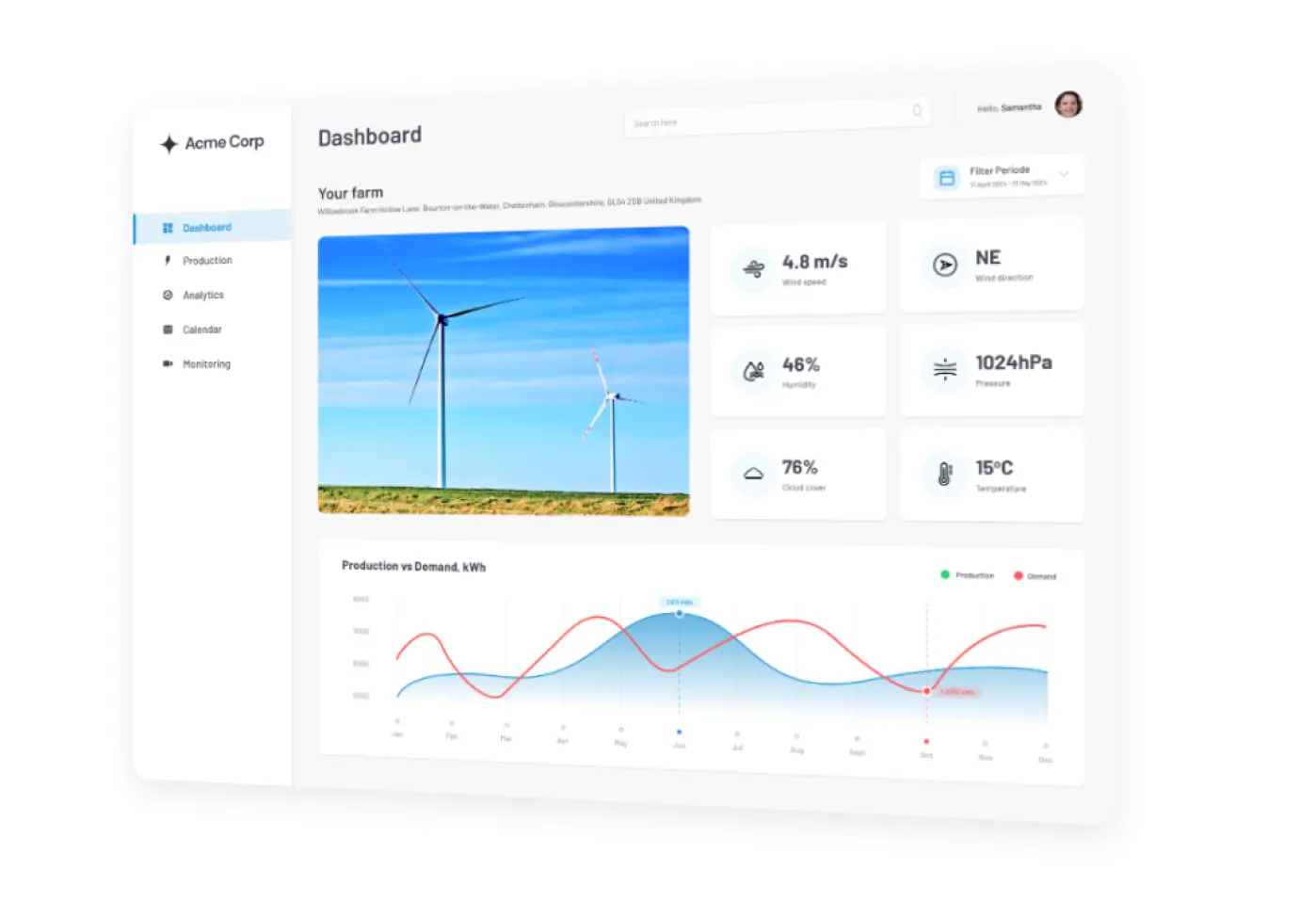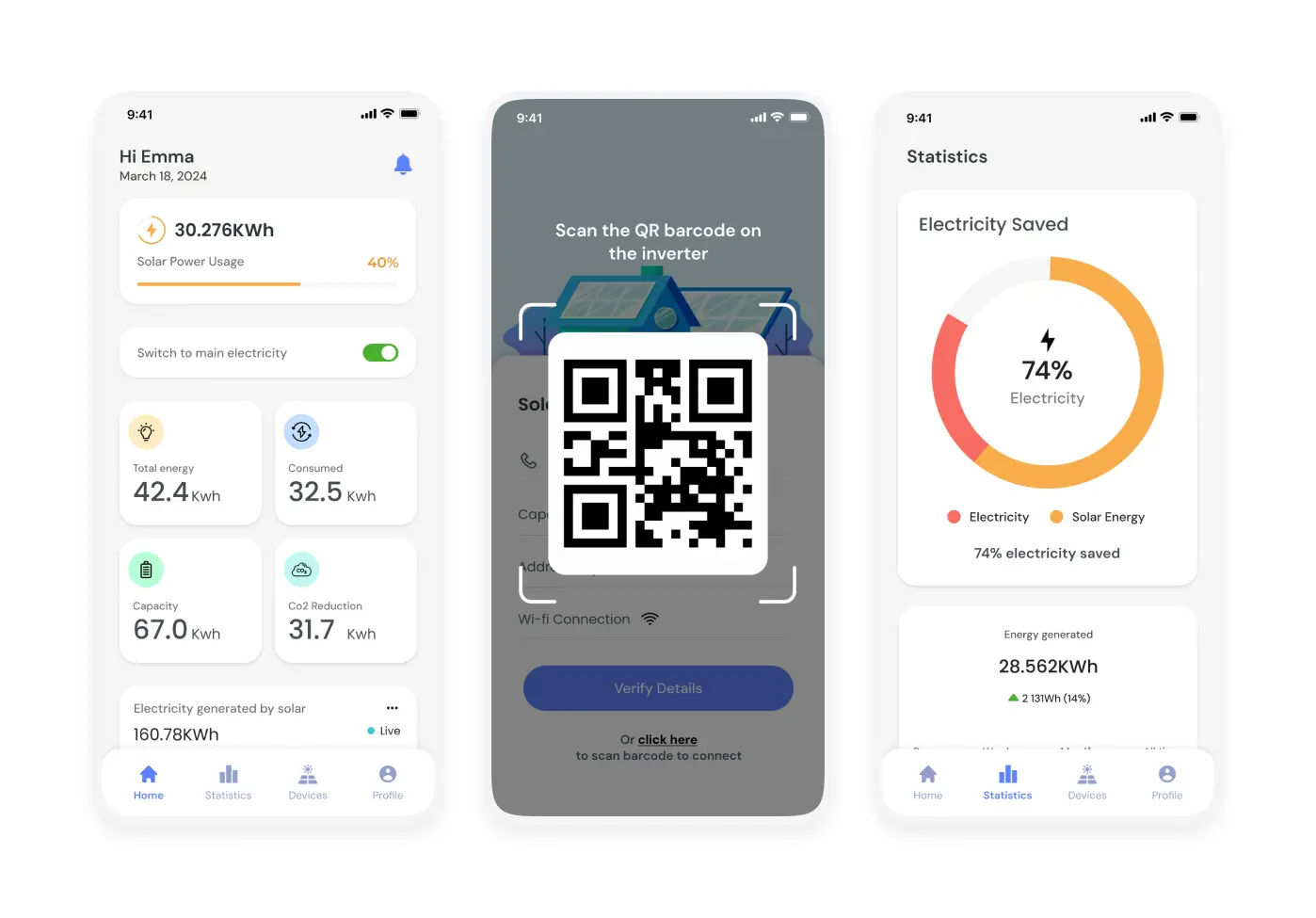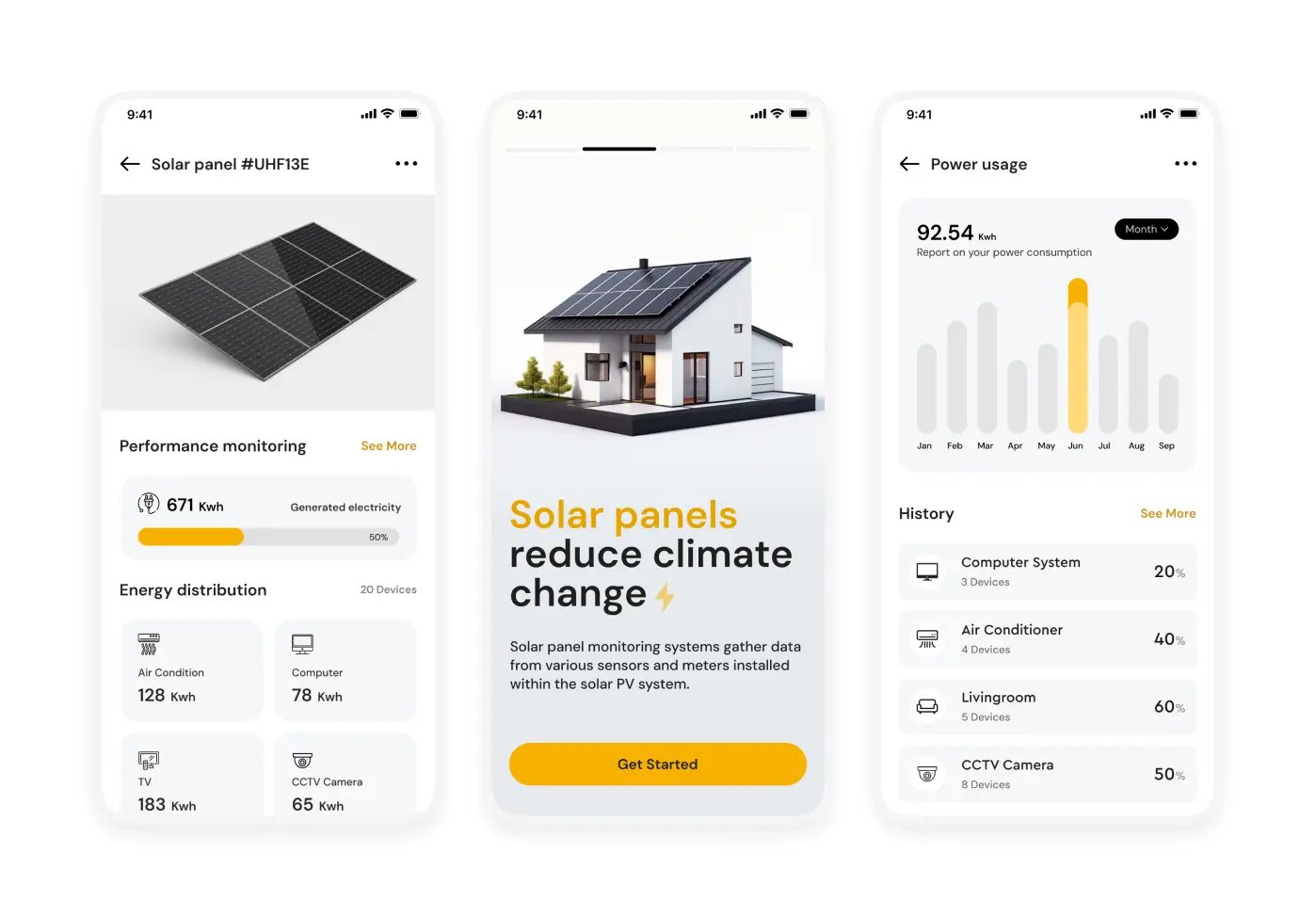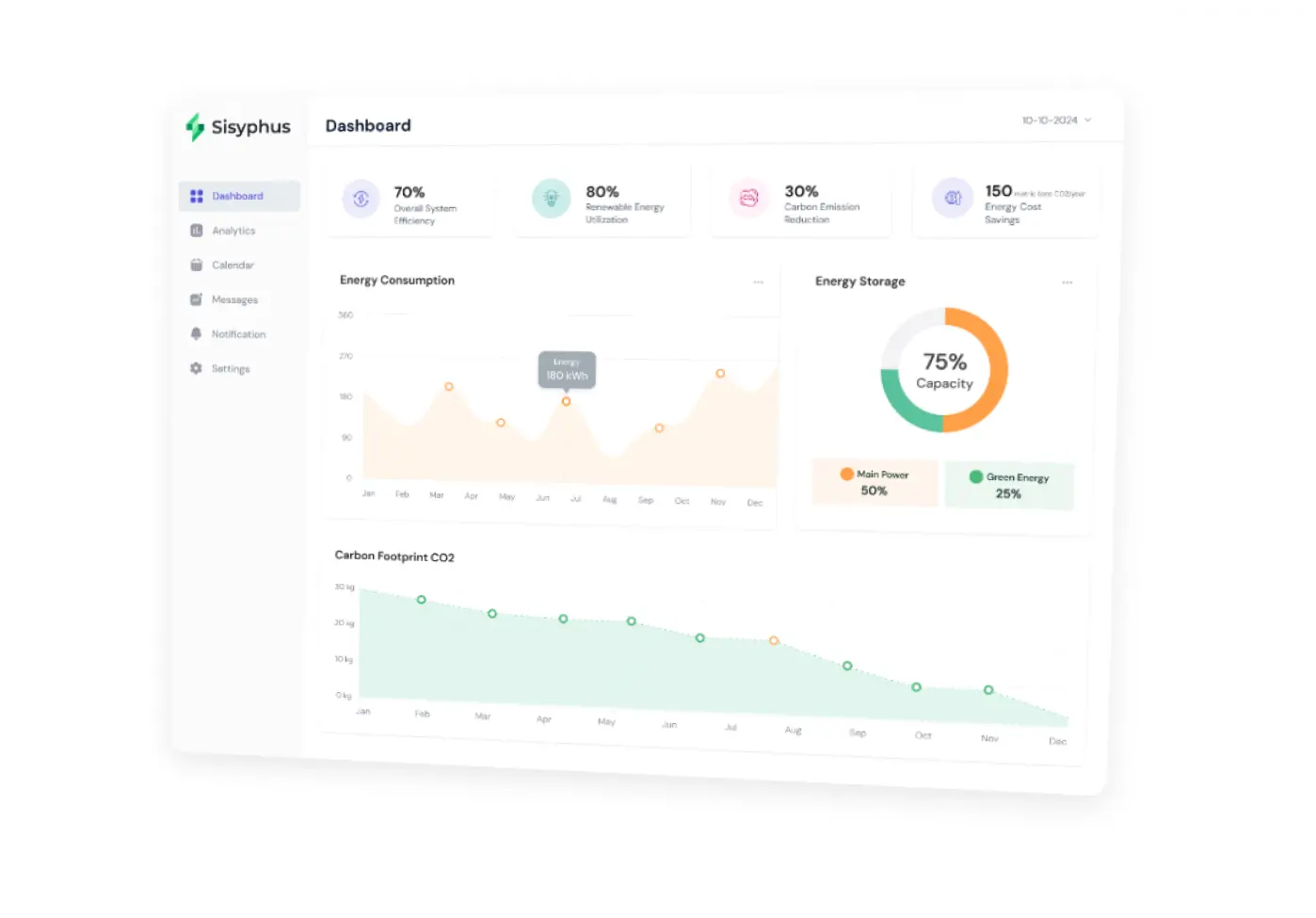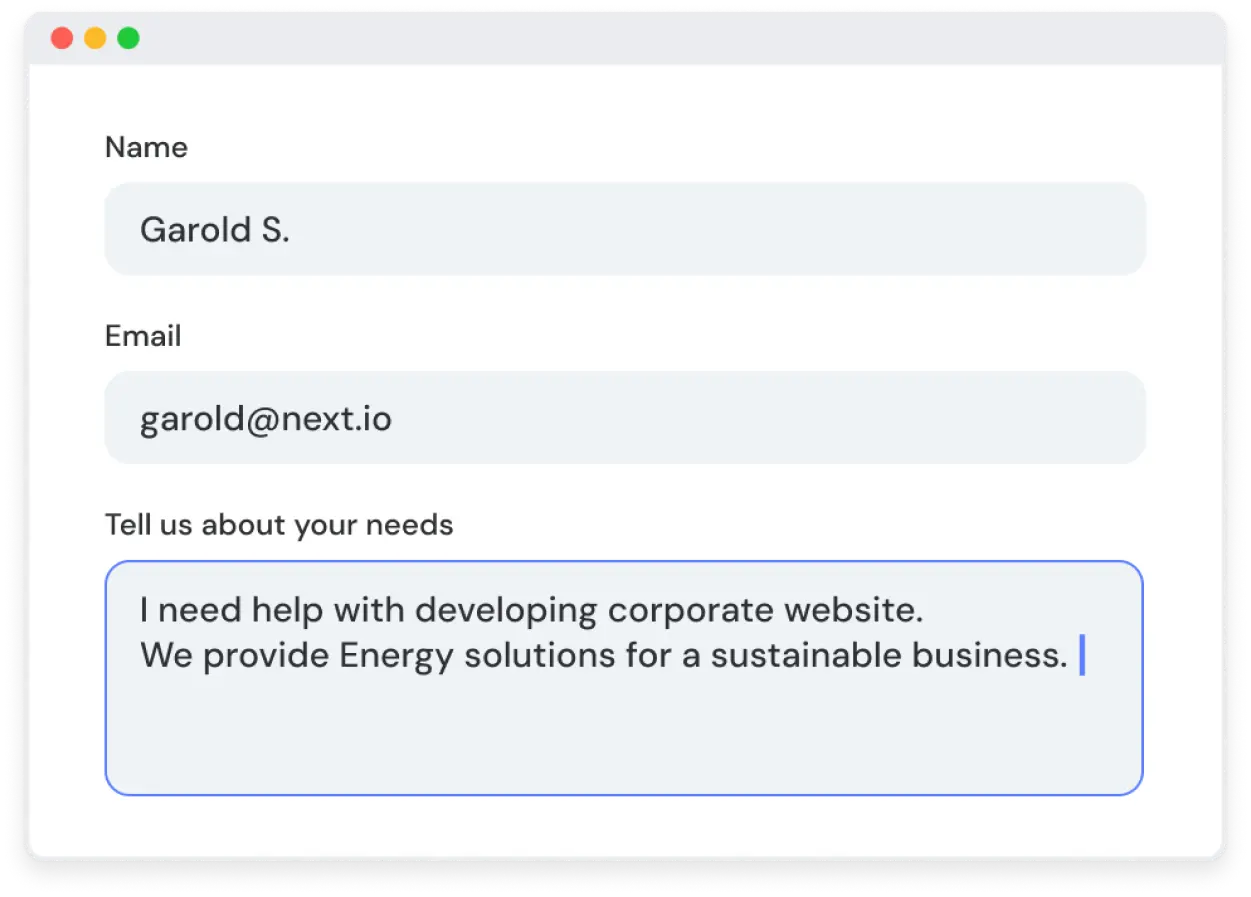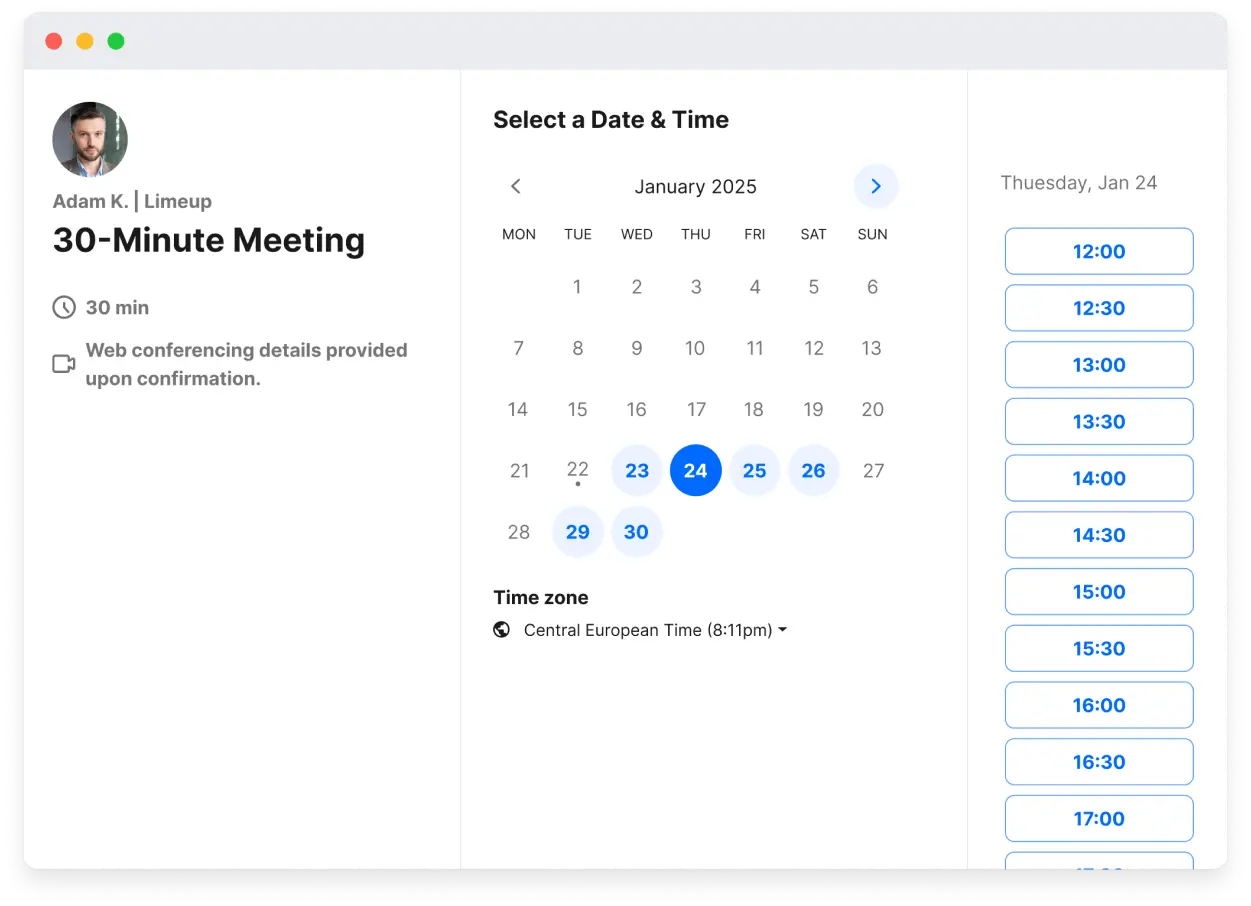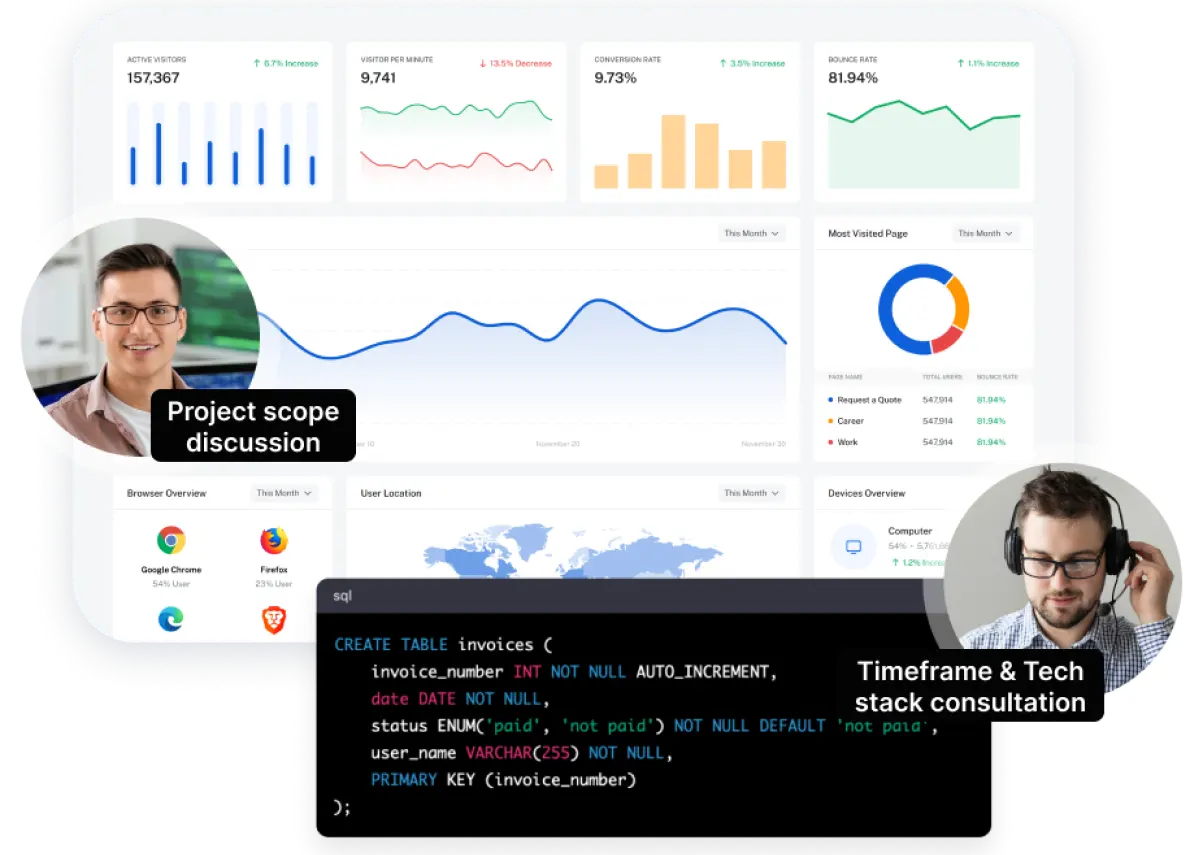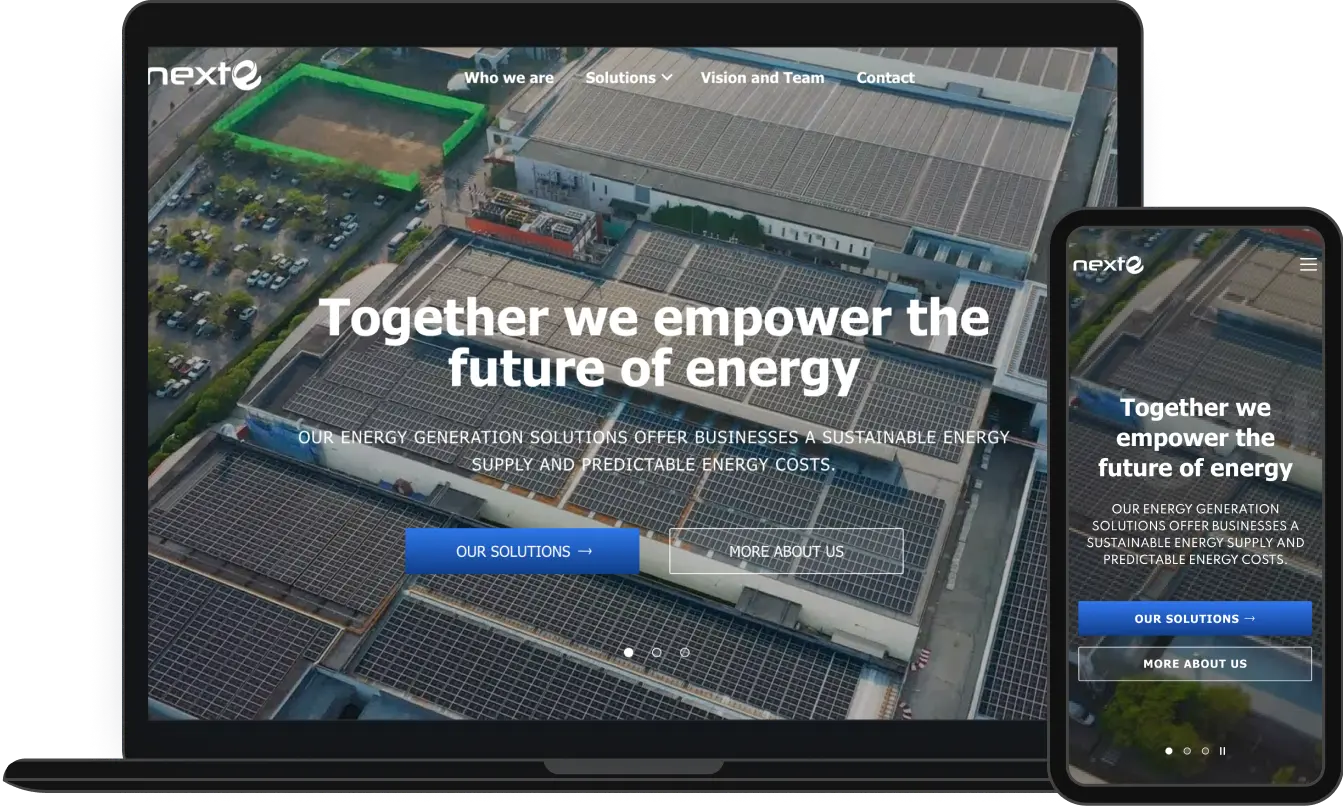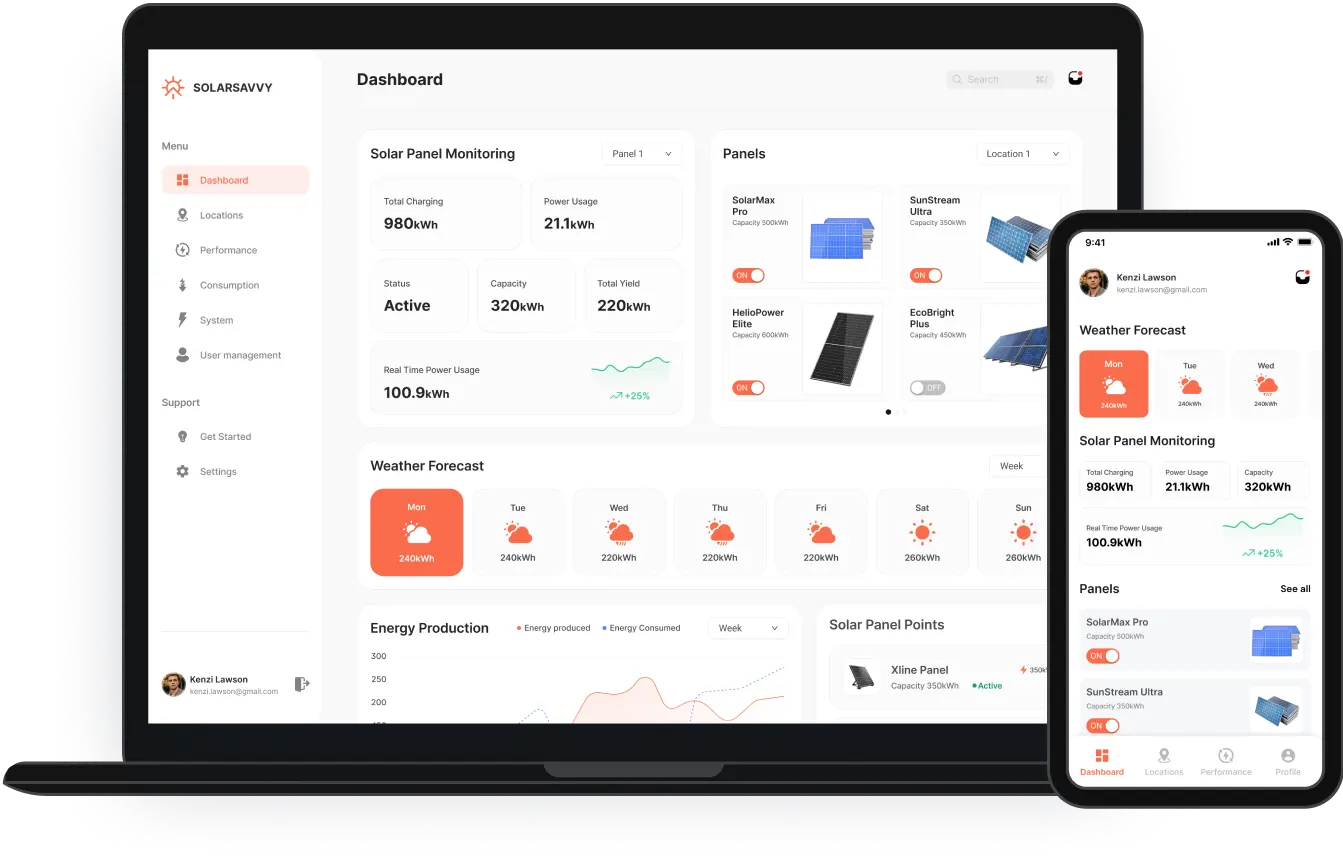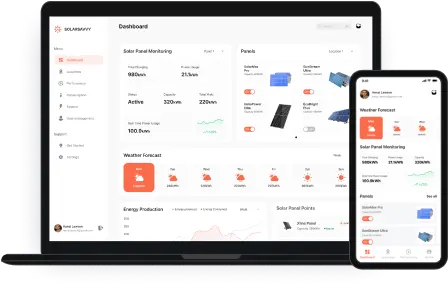What procedures are followed when creating software for suppliers of renewable energy?
At Limeup, we take a hands-on approach, immersing ourselves in the unique challenges our clients face—whether it’s maximizing energy efficiency, streamlining resource management, or advancing data-driven decision-making. Through comprehensive discovery phases, we ensure our solutions align seamlessly with the operational demands of the renewable energy industry.
Our approach is centered on understanding the intricacies of each project, enabling us to craft tailored solutions that meet the client’s specific requirements. We don’t just scratch the surface; we dig into the heart of the challenges to provide a solution that fits like a glove.
Our goal is to develop software that optimizes power generation, manages renewable energy resources, and supports data analytics, all while powering the client’s mission and fostering long-term sustainability.
Limeup’s team makes it a priority to engage deeply with the energy sector’s complexities, ensuring we deliver a product that addresses core needs and drives substantial improvements in efficiency and operations. Through careful planning and research, we provide smart, targeted solutions that fit seamlessly into the renewable energy landscape.
What are the current trends in software development for renewable energy?
Limeup is at the forefront, empowering energy providers with next-gen technology to achieve their green energy ambitions. Here’s a look at the key trends we’re driving:
- AI and machine learning integration
These technologies are revolutionizing energy optimization by predicting energy usage, enhancing power generation, and improving distribution systems. Limeup builds systems that leverage AI to optimize every aspect of energy management.
- Data analytics for real-time insights
As the number of connected energy systems grows, data analytics has become essential. Limeup develops software that converts massive amounts of data into actionable insights, enabling clients to make informed, data-driven decisions for better resource management.
- Automation for streamlined operations
To reduce costs and enhance efficiency, automation is key. Limeup creates custom software that automates vital processes, such as grid management, maintenance scheduling, and resource allocation, freeing up time for more strategic initiatives.
Through these trends, Limeup enables renewable energy providers to outpace competitors and achieve their long-term sustainability goals.
How can software development support the objectives of renewable energy providers?
Software development is a cornerstone in helping renewable energy providers meet their sustainability targets, and Limeup is committed to crafting forward-thinking solutions that fuel this progress. Here’s how we bring it to life:
- Bespoke solutions for distinct challenges. Limeup goes the extra mile to assess the specific obstacles our clients face, from fine-tuning energy production to improving resource utilization or optimizing day-to-day operations. We craft specialized software that resolves these challenges with precision, providing a smooth fit within their operational framework.
- Data-driven insights for smarter decisions. By incorporating advanced data analytics, we equip energy providers with the tools to make informed, data-driven decisions. Our solutions provide real-time insights into energy production and consumption, enabling providers to optimize resources, reduce costs, and improve performance.
- Streamlined automation for maximum efficiency. Our software solutions introduce automation to eliminate manual processes, reducу errors and boost efficiency. By simplifying tasks, we help energy providers run their operations smoothly, with fewer bottlenecks and a more streamlined workflow.
- Scalable solutions for future growth. As the renewable energy sector continues to evolve, Limeup’s software solutions grow with it. We design scalable systems that can expand with industry changes, ensuring long-term success and adaptability to emerging trends.
